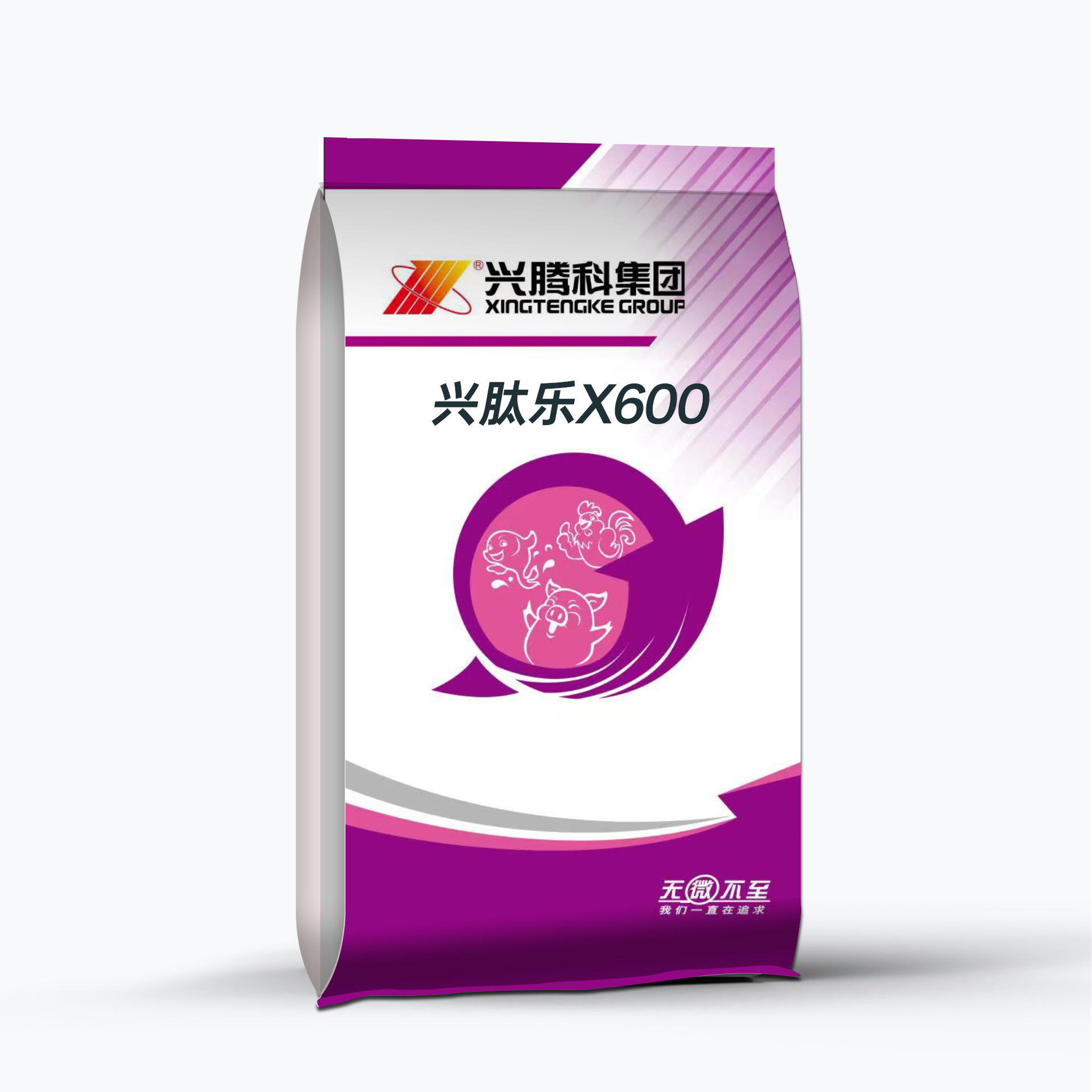A Comprehensive Overview of Amino Acid Chelated Trace Elements for Poultry Health
Release time:
2025-10-24 13:30
Source:
Amino acid chelated trace elements are vital components in the field of poultry nutrition, playing a crucial role in maintaining health and optimizing growth. These chelated minerals, which are bound to amino acids, offer enhanced bioavailability and absorption in the animal's digestive system compared to traditional inorganic minerals.
Trace elements such as zinc, copper, manganese, and selenium are essential for various physiological functions in poultry. They contribute to metabolic processes, immune responses, and overall well-being. However, their efficiency can be hampered when administered in inorganic forms due to factors like interaction with other dietary components and variable absorption rates. This is where amino acid chelation comes into play.
By binding trace elements to amino acids, the chelation process enhances their solubility and stability in the gastrointestinal tract. This means that poultry can absorb these essential nutrients more effectively, leading to improved health outcomes. For instance, zinc plays a critical role in feather development and immune function, while selenium is known for its antioxidant properties and its role in reproductive health. Incorporating amino acid chelated trace elements into poultry feeds ensures that these essential minerals are readily available when needed.
Moreover, the use of amino acid chelated trace elements can lead to better feed efficiency. Poultry that receive these nutrients show improved growth rates and feed conversion ratios, which are crucial metrics for any poultry operation. When the birds are healthier and grow more efficiently, producers benefit from higher productivity and lower feed costs.
Another important aspect is the reduction in the potential for mineral antagonism. In many cases, excess levels of one mineral can inhibit the absorption of another. However, when trace elements are chelated with amino acids, the risk of such interactions diminishes, allowing for a more balanced and effective nutritional strategy.
The incorporation of amino acid chelated trace elements also aligns with current trends in sustainable agriculture. By enhancing the bioavailability of nutrients and reducing waste, producers can minimize their environmental impact while maintaining high standards of animal welfare and health.
In summary, amino acid chelated trace elements represent a significant advancement in poultry nutrition. Their ability to improve nutrient absorption, enhance growth performance, and support overall health makes them an essential consideration for anyone involved in poultry production. As the industry continues to evolve, the focus on such innovative nutritional strategies will be crucial in meeting the demands of both producers and consumers alike.
Trace elements such as zinc, copper, manganese, and selenium are essential for various physiological functions in poultry. They contribute to metabolic processes, immune responses, and overall well-being. However, their efficiency can be hampered when administered in inorganic forms due to factors like interaction with other dietary components and variable absorption rates. This is where amino acid chelation comes into play.
By binding trace elements to amino acids, the chelation process enhances their solubility and stability in the gastrointestinal tract. This means that poultry can absorb these essential nutrients more effectively, leading to improved health outcomes. For instance, zinc plays a critical role in feather development and immune function, while selenium is known for its antioxidant properties and its role in reproductive health. Incorporating amino acid chelated trace elements into poultry feeds ensures that these essential minerals are readily available when needed.
Moreover, the use of amino acid chelated trace elements can lead to better feed efficiency. Poultry that receive these nutrients show improved growth rates and feed conversion ratios, which are crucial metrics for any poultry operation. When the birds are healthier and grow more efficiently, producers benefit from higher productivity and lower feed costs.
Another important aspect is the reduction in the potential for mineral antagonism. In many cases, excess levels of one mineral can inhibit the absorption of another. However, when trace elements are chelated with amino acids, the risk of such interactions diminishes, allowing for a more balanced and effective nutritional strategy.
The incorporation of amino acid chelated trace elements also aligns with current trends in sustainable agriculture. By enhancing the bioavailability of nutrients and reducing waste, producers can minimize their environmental impact while maintaining high standards of animal welfare and health.
In summary, amino acid chelated trace elements represent a significant advancement in poultry nutrition. Their ability to improve nutrient absorption, enhance growth performance, and support overall health makes them an essential consideration for anyone involved in poultry production. As the industry continues to evolve, the focus on such innovative nutritional strategies will be crucial in meeting the demands of both producers and consumers alike.
amino acid chelated trace elements for poultry








